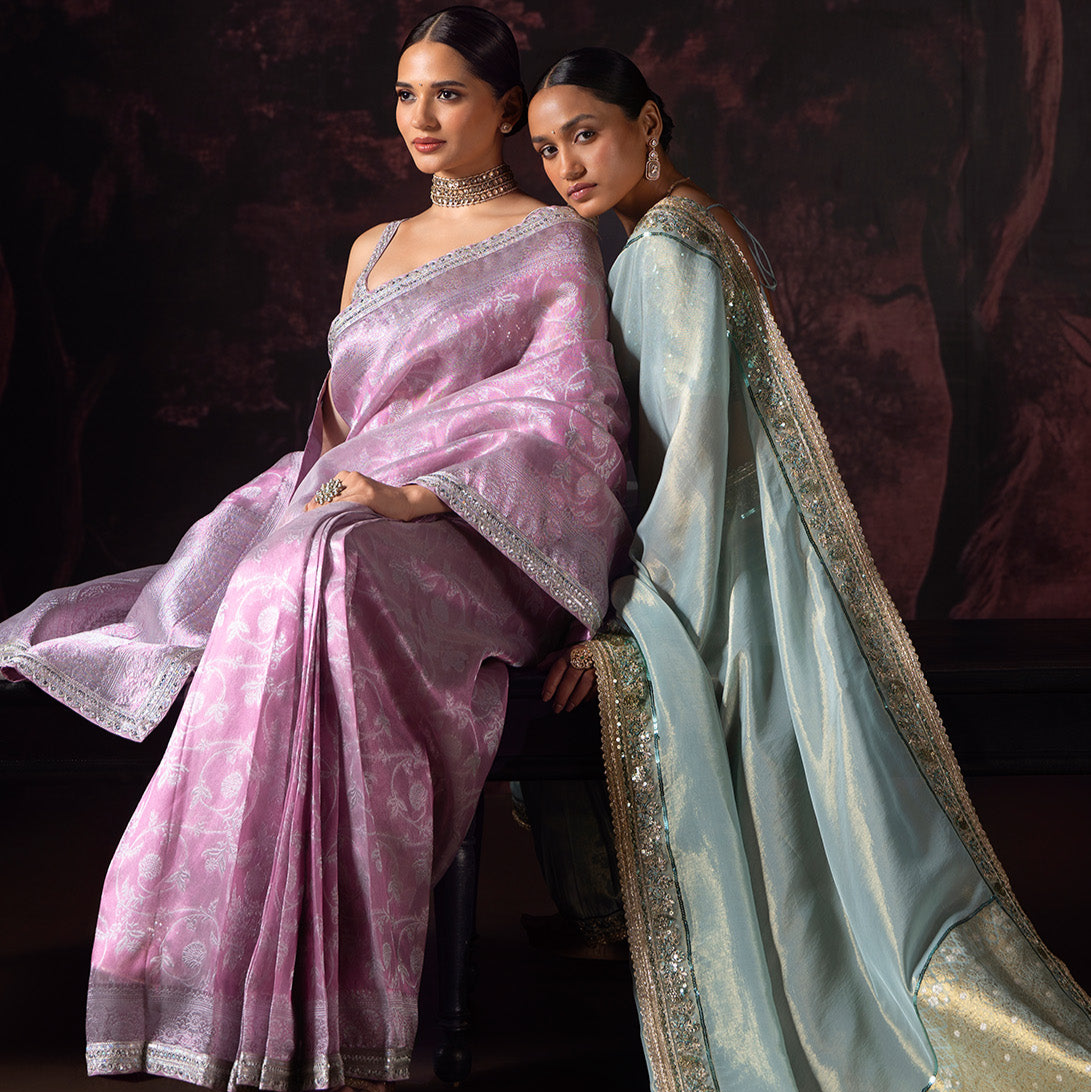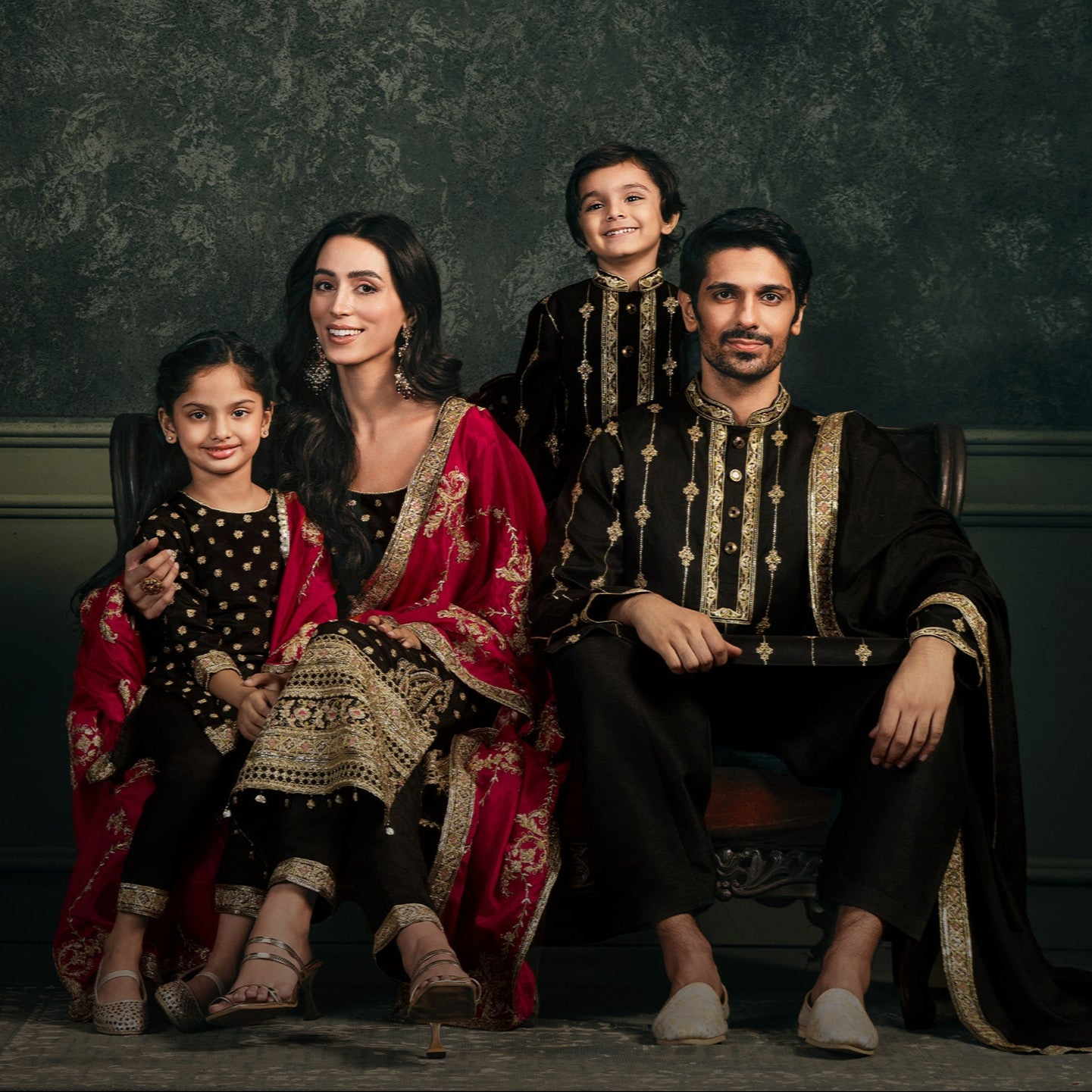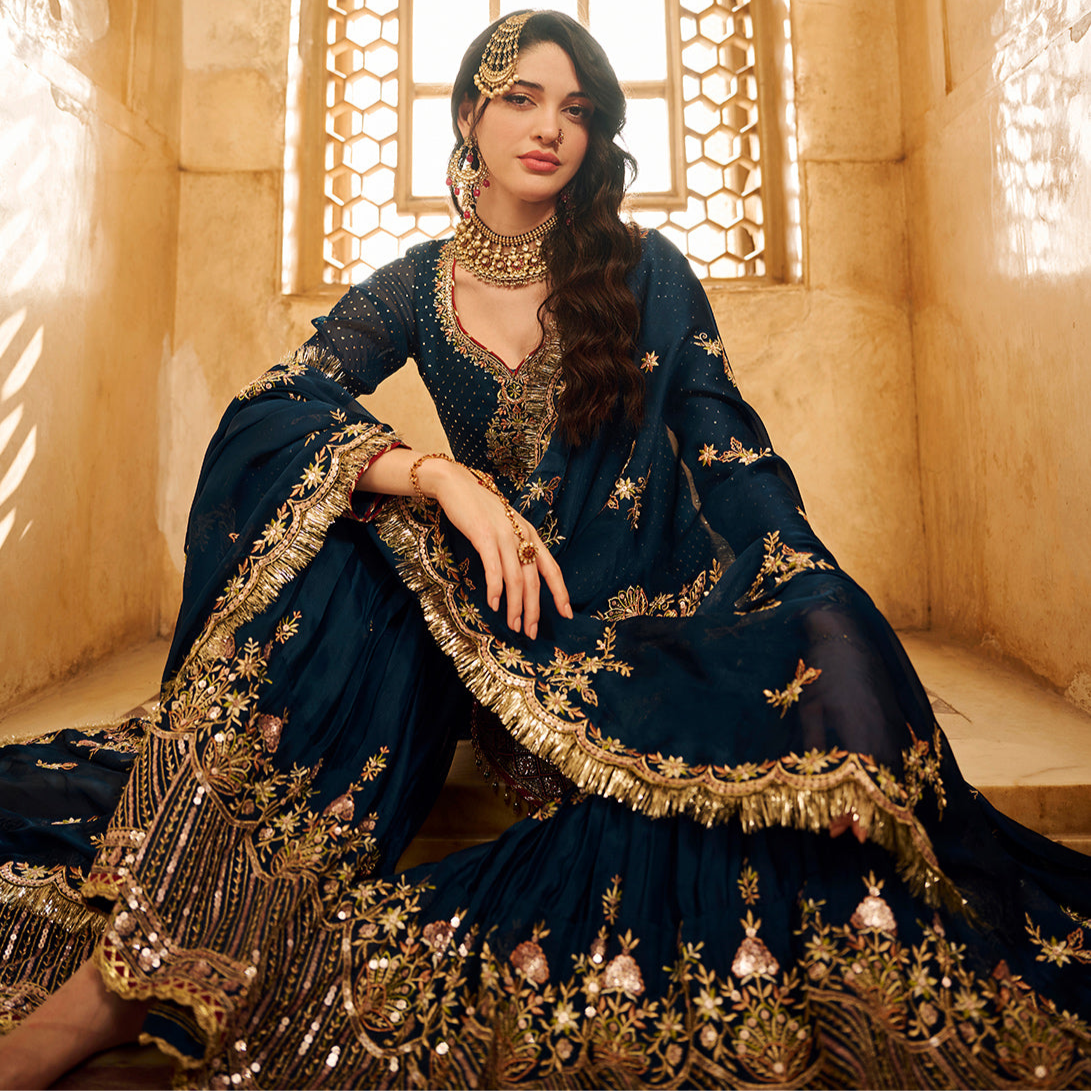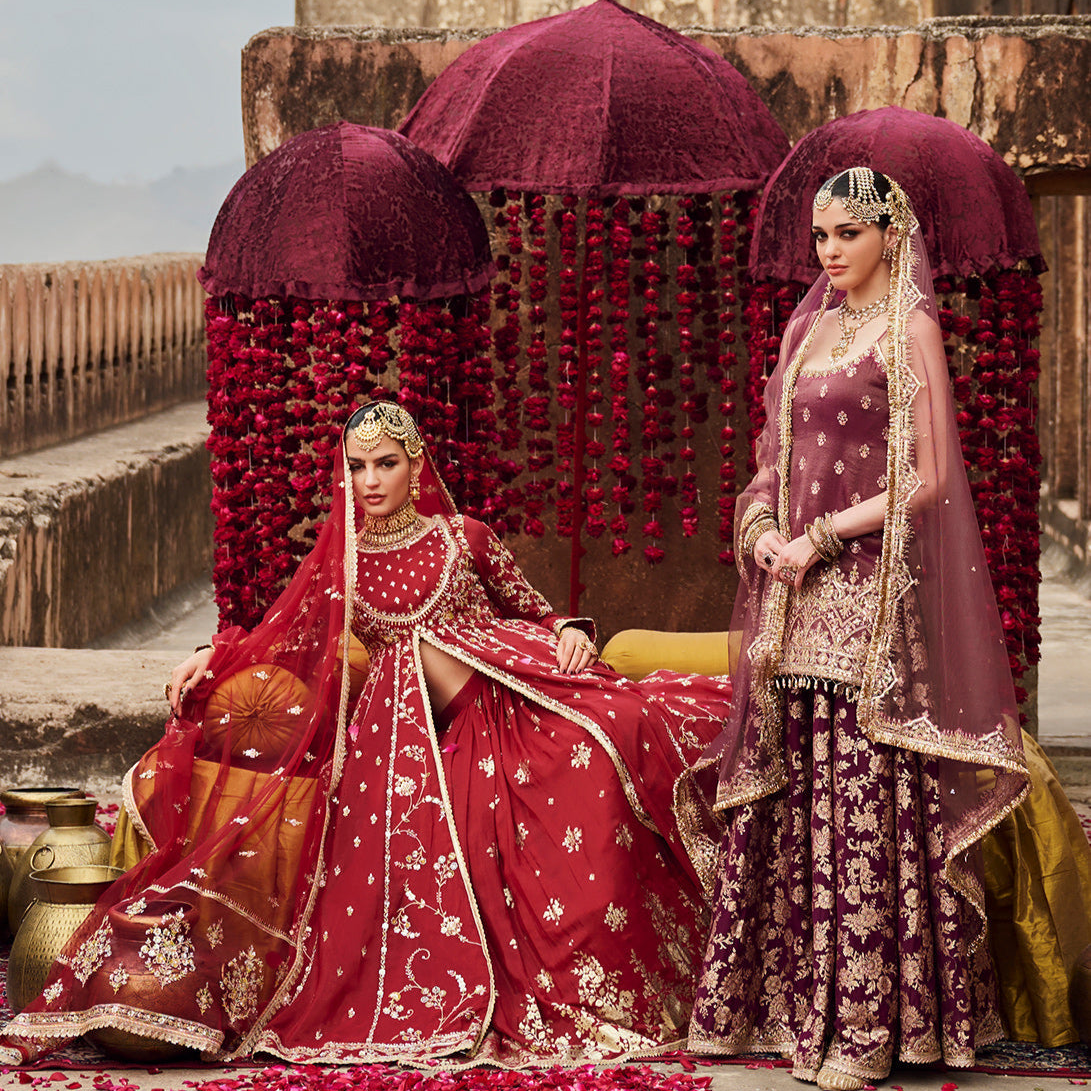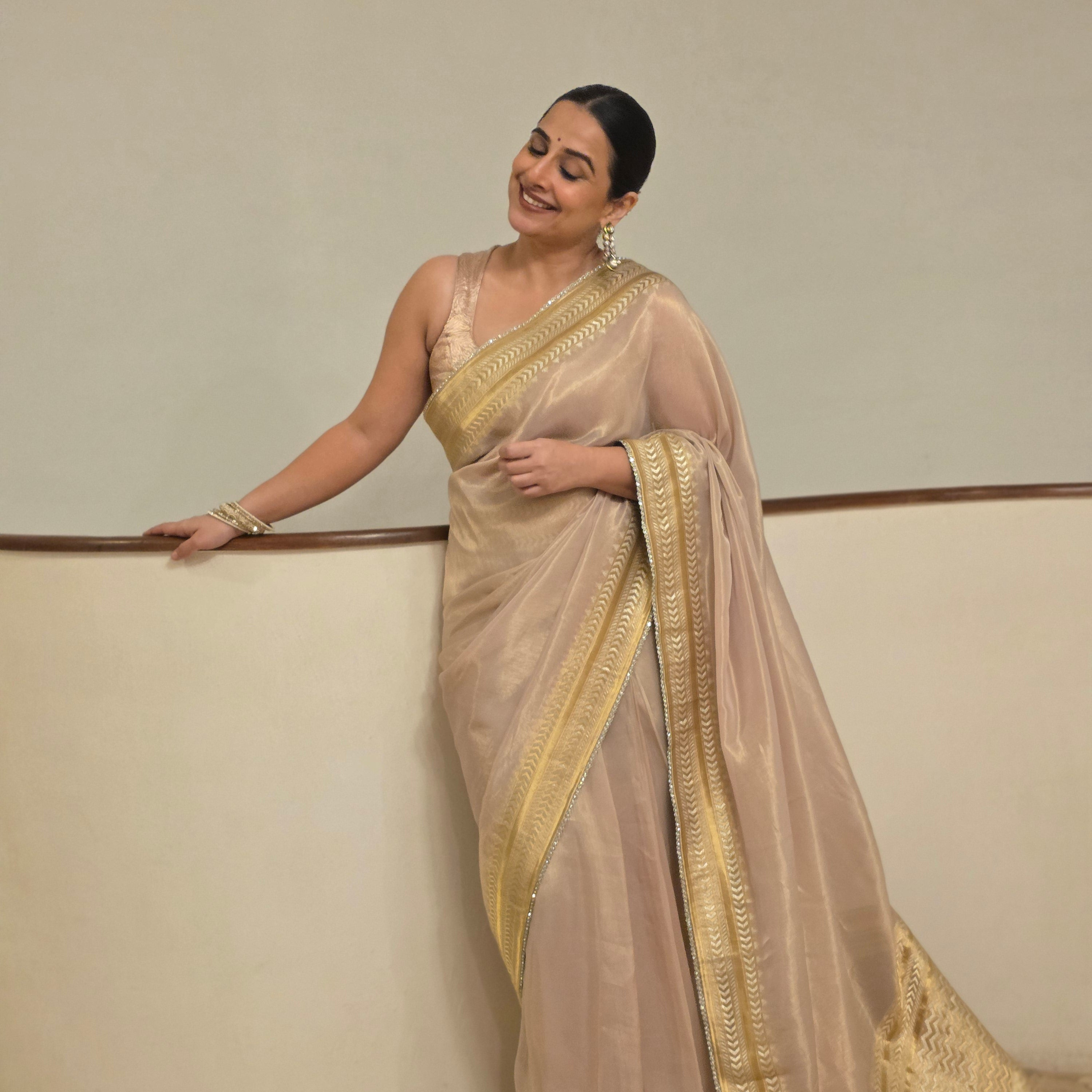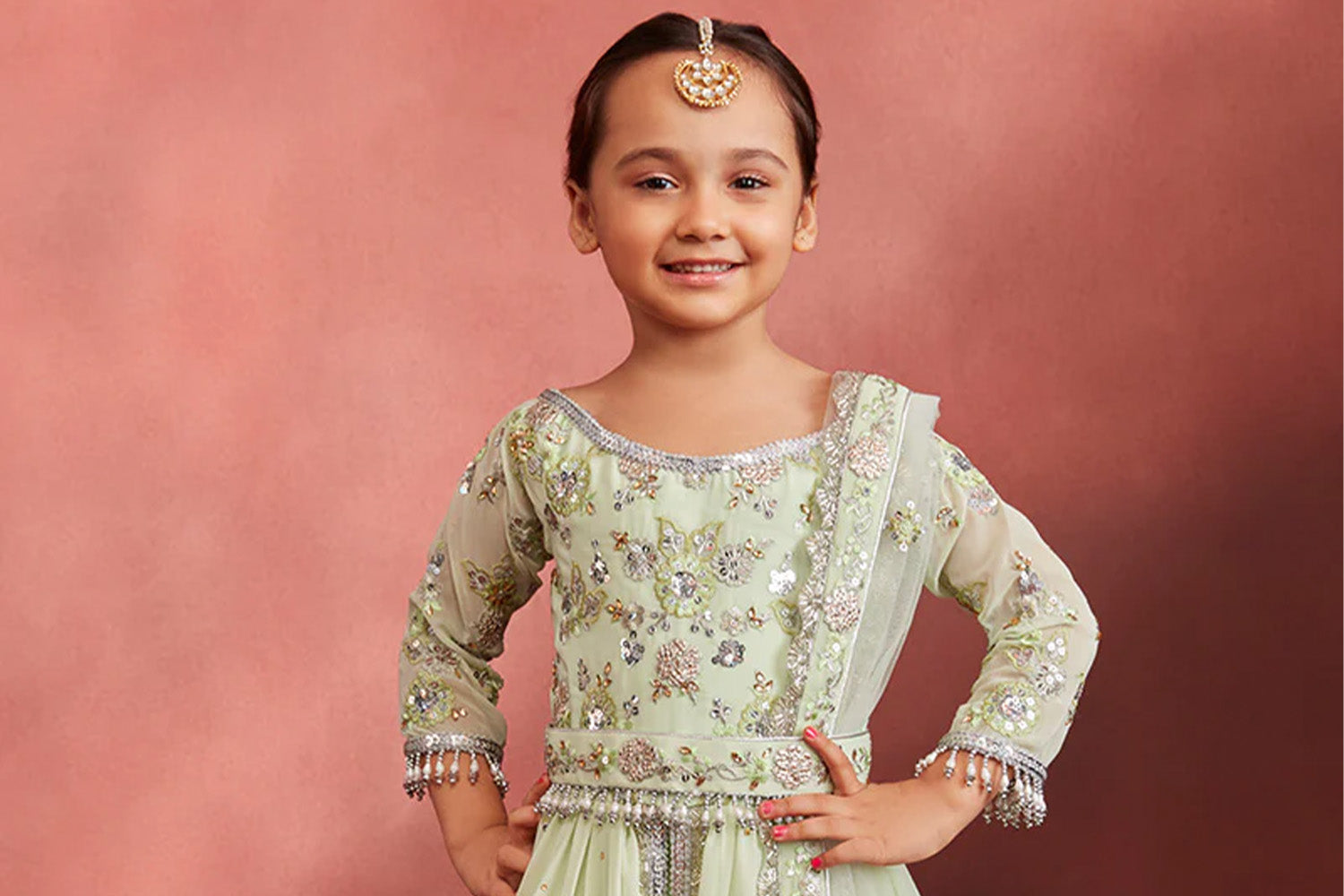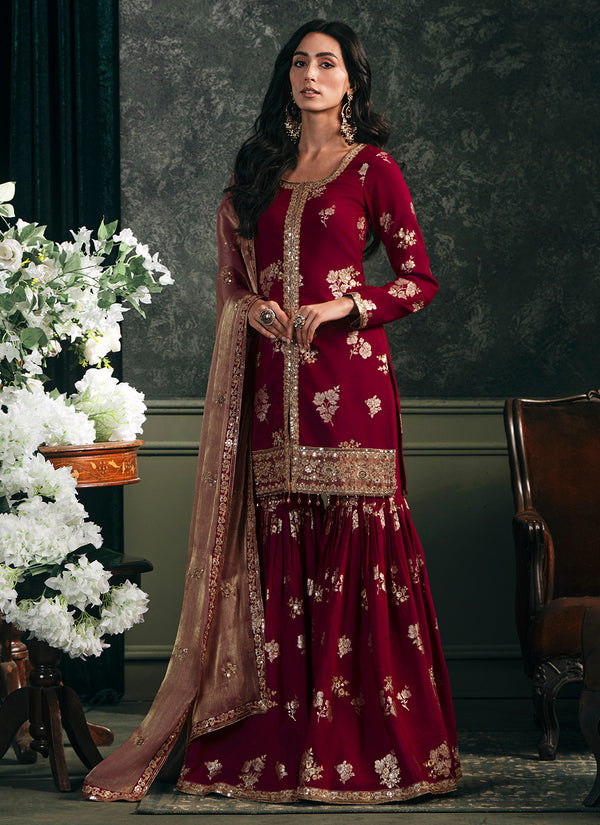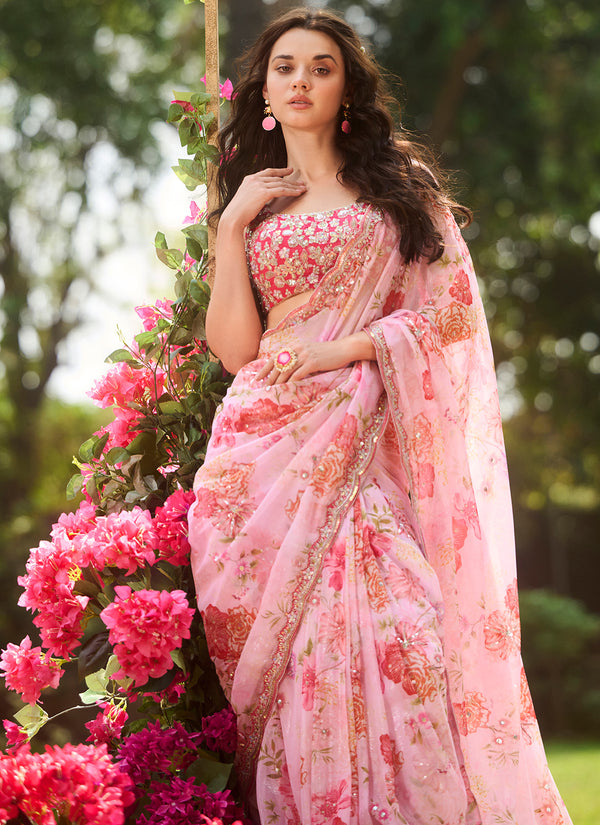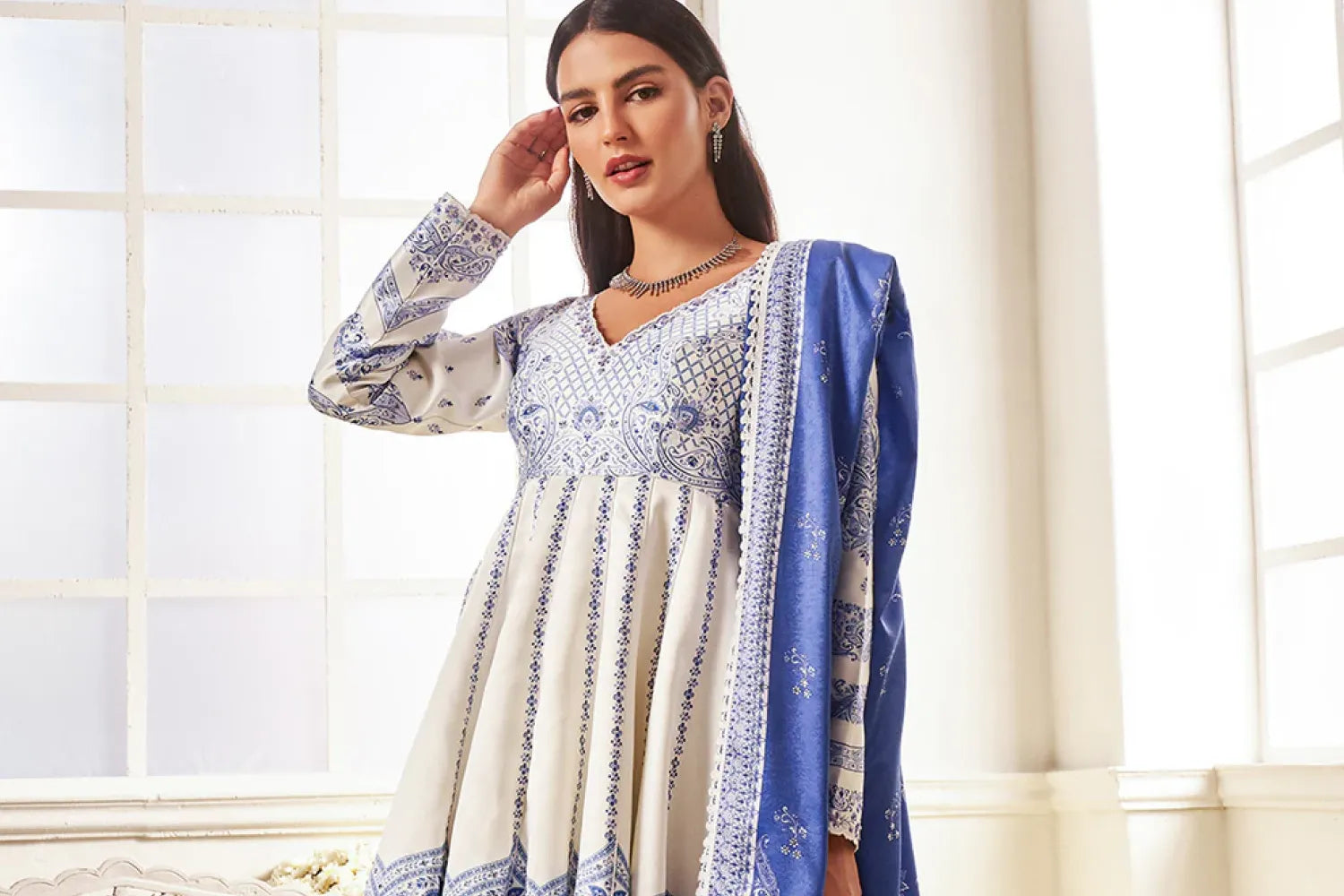
What is Mahashivratri? History, Traditions, & What To Wear
Mahashivratri, which breaks down to ‘Maha’ – the great, ‘Ratri’ – Night – “The Great Night of Shiva”, a night of special spiritual significance. This Hindu festival is celebrated in honor of Lord Shiva. It falls on the 14th day of the lunar month of Phalguna or Magha (usually in February or March), according to the Hindu calendar. In 2026, the festival falls on Sunday, February 15, 2026, 4:34 AM – Monday, February 16, 2026, 5:04 AM.
Mahashivratri holds great significance and is observed with reverence and devotion by millions of devotees across India and other parts of the world. Believed to have originated in the 5th century BC, Mahashivratri is a notable festival in Hinduism that marks a remembrance of “overcoming darkness and ignorance” in life and the world.
It is observed by remembering Shiva and chanting prayers, fasting, and meditating on ethics and virtues such as honesty, non-injury to others, charity, forgiveness, and the discovery of Shiva. While ardent devotees stay awake throughout this night, others visit one of the Shiva temples or go on a pilgrimage to the Jyotirlingas.
What Exactly is Mahashivratri?

Honoring Lord Shiva, Mahashivratri is dedicated to Lord Shiva, one of the principal deities of Hinduism, known as the destroyer and transformer within the Trimurti (the Hindu trinity of gods).
According to Hindu mythology, Mahashivratri marks the day when Lord Shiva performed the Tandava, the cosmic dance that represents the cycles of creation, preservation, and destruction. It is also believed to be the day when Lord Shiva married Goddess Parvati. The fourteenth day of every lunar month or the day before the new moon is known as Shivratri.
Among all the 12 Shivaratri that occur in a calendar year, Mahashivratri, the one that occurs in February-March, is of the greatest spiritual significance. On this night, the northern hemisphere of the planet is positioned in such a way that there is a natural upsurge of energy in a human being. This is a day when nature is pushing one towards one’s spiritual peak.
Mahashivratri Devotee Traditions
Many devotees observe a fast on Mahashivratri, abstaining from food and consuming only fruits, milk, and water. Some may observe a strict fast without consuming anything throughout the day.
In addition to staying up all night chanting prayers, special abhishekam (holy bath) ceremonies are performed in temples, where idols of Lord Shiva are bathed with milk, water, honey, yogurt, and other sacred liquids. Devotees offer bilva leaves, flowers, fruits, and other traditional items to Lord Shiva as a symbol of reverence and devotion.
Sacred fire rituals (havan) are conducted to invoke blessings and purify the surroundings. Various cultural events are also observed including music and dance performances. To add to the spirit of celebration, temples and homes are adorned with lights, flowers, and colorful decorations to create a festive ambiance.
Most importantly, Mahashivratri fosters unity, harmony, and spiritual growth among communities, transcending boundaries of caste, creed, and nationality.
History of the Festival

Mahashivratri is of great significance for those on the spiritual path. It is also very important for those in family situations, as well as for the ambitious in the world.
People who live in family situations observe Mahashivratri as Shiva’s wedding anniversary. Those with worldly ambitions see that day as the day Shiva conquered all his enemies. But, for the ascetics, it is the day he became one with Mount Kailash.
According to the Hindu mythology, Lord Shiva became like a mountain – absolutely still. In the yogic tradition, Shiva is not worshiped as a God, but considered as the Adi Guru, the first Guru from whom the science of Yoga originated. After many millennia in meditation, one day he became absolutely still. That day is Mahashivratri. All movement in him stopped, and he became utterly still, so ascetics see Mahashivratri as the night of stillness.
Legends apart, this day and night are held with such importance in the yogic traditions because of the possibilities they present to a spiritual seeker. Modern science has gone through many phases and arrived at a point today where they are out to prove to you that everything that you know as life, everything that you know as matter and existence, everything that you know as the cosmos and galaxies, is just one energy which manifests itself in millions of ways.
In Indian culture, all the ancient prayers were not about saving yourself, protecting yourself, or doing better in life. All the ancient prayers have always been “Oh lord, destroy me so that I can become like yourself.”
So when we say Shivratri, which is the darkest night of the month, it is an opportunity for one to dissolve their limitedness, to experience the unboundedness of the source of creation, which is the seed in every human being.
What To Wear: Symbols of Renewal
The fashion etiquette for this auspicious day is simple yet meaningful. Men and women alike traditionally wear new, fresh clothes as a symbol of purity and renewal. Men often choose kurta pajamas in subtle shades, while women may prefer silk sarees or minimally printed suits.
Minimalism holds a special place when it comes to dressing for Mahashivratri, as it ensures a calm, composed presence that aligns with the spiritual essence of the day. Instead of flashy or overly vibrant attire, opt for elegant silhouettes, simple prints, and soft textures that convey grace and serenity.
Celebrate this sacred night with a touch of divine elegance. As the world comes together in prayer and meditation on Mahashivratri, your attire can become a quiet reflection of that same spiritual grace. Lashkaraa’s thoughtfully curated collection captures this balance of devotion and design, where traditional silhouettes meet contemporary elegance.
The Purple Embroidered Brocade Lehenga stands out as a regal expression of depth and mystique. Its rich hue mirrors the meditative aura of the festival, while intricate brocade work adds an opulent yet composed charm.
Similarly, the Blue Embroidered Brocade Lehenga channels calmness and divine strength, its color often associated with Lord Shiva himself.
For those drawn to gentler tones, the Soft Mint Embellished Chinon Saree brings a sense of freshness and renewal, its subtle shimmer echoing purity and awakening.
The Periwinkle Embellished Net Saree offers a soft, dreamlike elegance perfect for evening rituals or family gatherings, merging serenity with understated sophistication.

Meanwhile, the Blush Pink Embroidered Net Saree embodies quiet celebration, its pastel hue and delicate embroidery symbolizing love, gratitude, and new beginnings.
Each of these ensembles is an ode to the harmony of beauty and spirituality, allowing you to honor the night of awakening in timeless style and grace.
What Colors to Wear on Mahashivratri
When dressing for Mahashivratri, choose colors that evoke a fresh, refined, and serene energy, in tune with the day.
White remains a timeless favorite, lending an air of purity and sophistication to any ensemble. Shades of blue are equally graceful, reflecting depth and calm while adding a regal edge reminiscent of Lord Shiva’s divine aura.
Soft tones, such as light yellow, off-white, or mint, create a delicate balance between simplicity and style, perfect for silk sarees, embroidered suits, or fluid drapes. If you wish to introduce a hint of brightness, subtle accents of red through borders, embroidery, or jewelry can bring warmth and auspicious charm to your look.
It’s best to steer clear of black or overly vibrant hues, allowing your outfit to echo the quiet elegance and meditative essence of the occasion. Dressing in soothing, well-coordinated colors ensures your Mahashivratri look feels both graceful and thoughtfully put together.
FAQs
How should I dress for Mahashivratri?
Mahashivratri calls for a look that feels pure, composed, and graceful. Choose well-tailored ethnic silhouettes like sarees, lehengas, or anarkalis in soothing shades and soft fabrics. The focus should be on elegance and comfort, allowing your attire to mirror the tranquil and devotional energy of the festival.
Can I wear prints or embellished outfits on Mahashivratri?
Yes, minimal prints and subtle embellishments are perfect for the occasion. Choose lightweight florals, delicate embroidery, or tone-on-tone detailing that adds charm without overpowering the serene essence of the celebration.
What fabrics are ideal for Mahashivratri?
Fabrics like silk, georgette, chinon, or brocade work wonderfully for this festival. They offer a luxurious drape and lend an effortlessly graceful touch, making them perfect for both temple visits and intimate gatherings.
What kind of accessories complete a Mahashivratri look?
Opt for refined, elegant accessories that enhance your outfit without overwhelming it. Silver jewelry or oxidized pieces pair beautifully with soft-hued ensembles, while pearl or gemstone earrings can add a delicate sparkle. Complete the look with embroidered juttis or sandals for a touch of understated festivity.
A Time for Devotion
Mahashivratri, also known as the ‘Night of Awakening’, is an opportunity and a possibility to bring yourself to that experience of the vast emptiness within every human being, which is the source of all creation.
It's time for reflection, devotion, and understated elegance. Let your outfit mirror the serenity of the occasion through calming colors, refined fabrics, and graceful silhouettes. Whether you prefer classic whites, divine blues, or soft pastels, Lashkaraa offers timeless ensembles that beautifully blend tradition with sophistication. Explore the collection and embrace the spirit of Mahashivratri in style.

